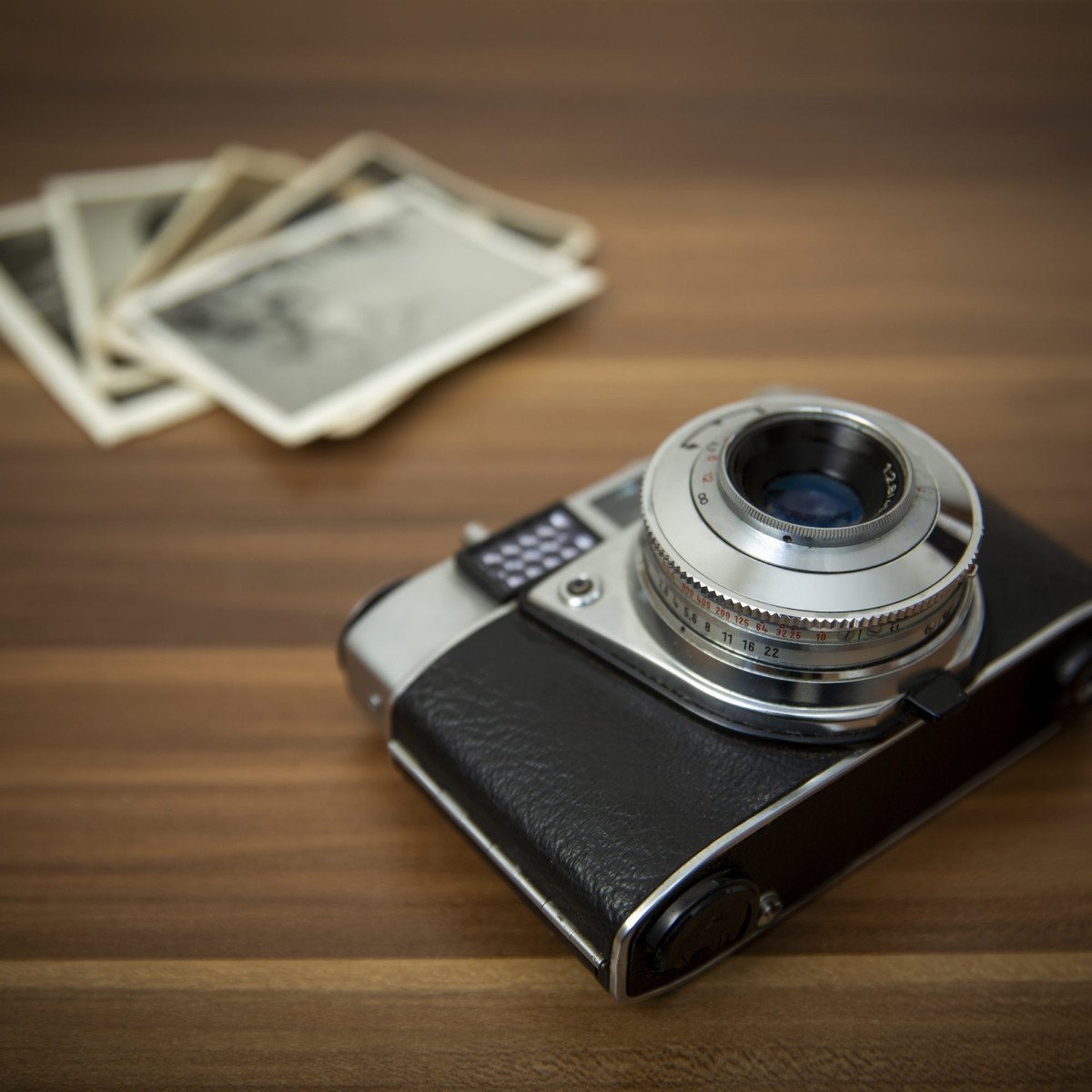Early on in my career, I snapped an ethereal photo of a dew-kissed rose at sunrise. It was my perfect shot – until I stumbled upon it on a high-traffic website, uncredited, no license purchased. Has something similar ever happened to you?
Did you know that more than 85% of images uploaded on the internet are used without permission? The digital world provides a feast of opportunity, but comes peppered with its fair share of predators waiting to snatch up your hard work without as much as a ‘thank you’.
Why Should You Care About Copyright Law?
‘But I’m an artist, not a legal expert!’ I hear you protest. True, the nuances of the law might seem like a dry subject. But hey, as your mum might have said, the proof of the pudding is in understanding the nitty-gritty. We’re living in a world where ‘what’s mine’ quickly becomes ‘what’s public’, especially in the realm of digital arts. Understanding the basics of copyright law is not only smart – it’s essential for protecting your work and your livelihood.
An article on photographer SEO I recently encountered may seem like a tangent, but it’s related – SEO helps bring traffic to your official platform and being copyright savvy means you keep control of that traffic. So, what exactly is copyright and how does it protect us?
Copyright: Your Invisible Armor
At its core, copyright is your invisible armor in the digital battlefield. It’s a form of intellectual property law that protects original works of authorship – Kubla’s majestic palaces and Keats’ Grecian urn, Edvard Munch’s silent scream or Hitchcock’s carefully constructed thrillers, and yes, your mesmerizing sunset and inexplicably perfect click of the ladybug on a leaf. The moment a creative idea materializes into a tangible form (a poem, a painting, a photograph), copyright comes into play.
‘So, my works are automatically copyrighted? What’s the fuss about?’ you may wonder. Well, while it’s true that your photographs are automatically protected, there’s a bit more to the story. Unfortunately, in practice, playing the ‘copyright card’ can be as murky as working on manual focus in poor lighting!
Registration: Cherry on Top
Though not required, registering your work with your nation’s Copyright Office serves as a cherry on top – a sweet security. It provides rock-solid proof that you’re the rightful owner and allows you to sue infringers if need be. So photographers, do consider stepping into the proverbial courtroom and weaving your web of protection.
Copyright Notice and Watermarks: A Visible Deterrent
Adding a copyright notice to your images is as important as an appetizing garnish to a gourmet dish. It doesn’t prevent others from nibbling at your creativity, but it sends a crystal-clear message: ‘This image is mine. Respect my rights.’ Even better, use watermarks, though subtly. SEO-conscious photographers might balk at the idea of watermarks ruining their carefully composed images. Still, a modest watermark or metadata embedded into the image’s Exif info can make a potential ‘image-napper’ think twice.
Keep the Documentation Handy
Just as I keep a bag packed for spontaneous road trips, it’s prudent for photographers to have usage agreements and model releases handy. Most potential legal wrangles can be side-stepped with a bit of foresight and some good old-fashioned paperwork.
To sum up, entering the cutthroat world of online image sharing without knowledge of basic copyright principles is akin to stepping into a lion’s den unarmed. So, brave photographers, are you ready to don your armor, wield your copyright sword, teach some internet trolls a lesson, and safeguard your creative treasures?


0 Comment